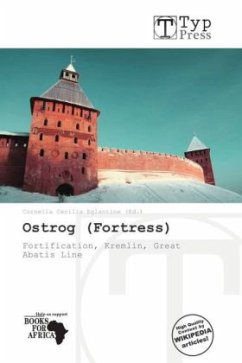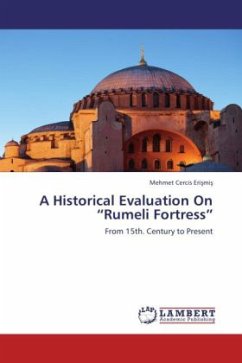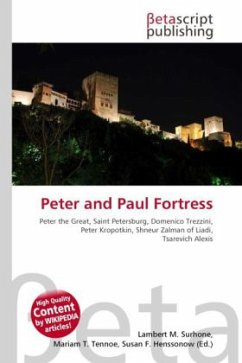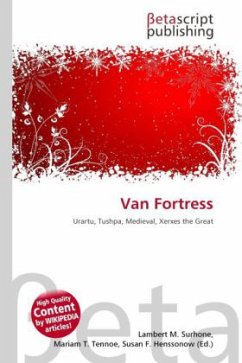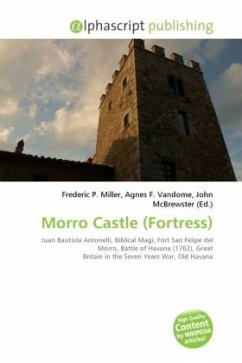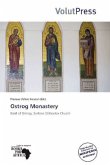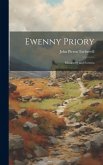Please note that the content of this book primarily consists of articles available from Wikipedia or other free sources online. Ostrog was a Russian term for a small fort, typically wooden and often non-permanently manned. Ostrogs were encircled by 4-6 metres high palisade walls made from sharpened trunks. The name derives from the Russian word (strogat), "to shave the wood". Ostrogs were smaller and exclusively military forts, compared to larger kremlins that were the cores of Russian cities. Ostrogs were often built in remote areas or within the fortification lines, such as the Great Abatis Line.
Bitte wählen Sie Ihr Anliegen aus.
Rechnungen
Retourenschein anfordern
Bestellstatus
Storno

